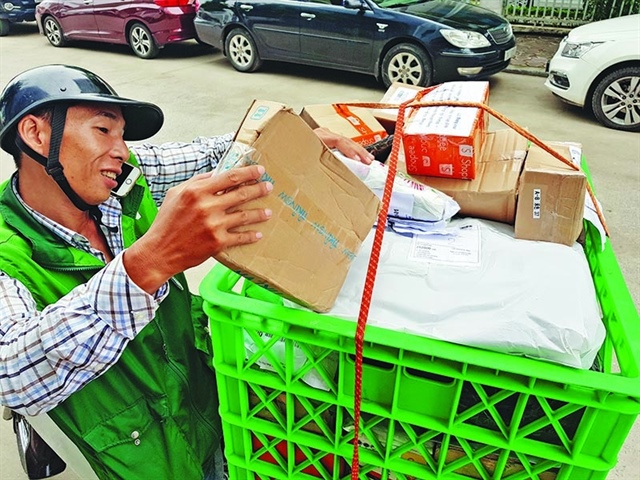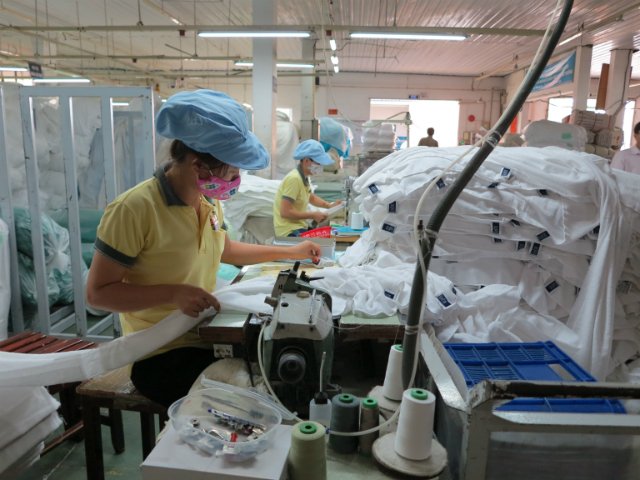Smuggled goods from China still cannot be quantified
Smuggled goods from China still cannot be quantified
The General Statistics Office (GSO) says it is unreasonable to attribute the $20 billion gap in figures about Vietnam-China trade released by Vietnamese and Chinese agencies to smuggling.

Le Thi Minh Thuy, head of the GSO’s Trade & Service Statistics Department, at a meeting with the local press on June 12, admitted that the difference in statistics has existed for many years. However, Thuy said this could not be blamed entirely on smuggling.
The meeting was organized after National Assembly’s Deputy Mai Huu Tin, who cited the Chinese statistics agency as saying that Vietnam’s excess of imports over exports in trade with China was $43.8 billion, not $29 billion, as announced by GSO.
Tin commented that the big gap in statistics was “dangerous” for Vietnam’s economy, because this shows the large scale of the “underground economy”.
GSO’s figure about Vietnam’s exports to China was lower by $5 billion, or 33 percent, than the Chinese agencies’ figure about China imports from Vietnam in 2014.
Vietnam’s imports from China were lower than Chinese exports to Vietnam by $20 billion, or 46 percent.
“Smuggled goods could be one of the reasons behind the statistics’ gap, but it is very difficult to quantify the smuggled goods,” Thuy said.
Regarding the Vietnam’s exports to China, the difference was found mostly in the export of electrical equipment and machines, especially electronics.
Meanwhile, the difference could be found in many different products Vietnam imported from China. These included consumer goods and the input materials for products, from finished garments and footwear products to fiber, fabric and materials.
In a document to the local press, GSO cited six reasons to explain the difference in the statistics released by GSO and the ones by Chinese agencies as follows:
First, the different methods of calculation. Thuy said China might list all the goods carried from China to Vietnam as “China’s exports to Vietnam”.
Meanwhile, Vietnam only counted goods made in China, while goods from China but with other origin stated were not listed as “imports from China”.
Second, the difference is in the scope of calculation. The temporary imports for re-export later and transit goods were not counted as “imports from China”.
Third, the same consignments of goods were given different values by Chinese and Vietnamese agencies.
Fourth, the smuggled goods were not counted by Vietnam.
Fifth, trade fraud occurred. Vietnamese enterprises intentionally colluded with Chinese businesses to declare prices lower than real prices to enjoy lower tax rates.
Sixth, the misunderstanding about the concepts of “goods” and services. While some kinds of products are listed as “goods” by Vietnam, they are considered as “services” by China.




















